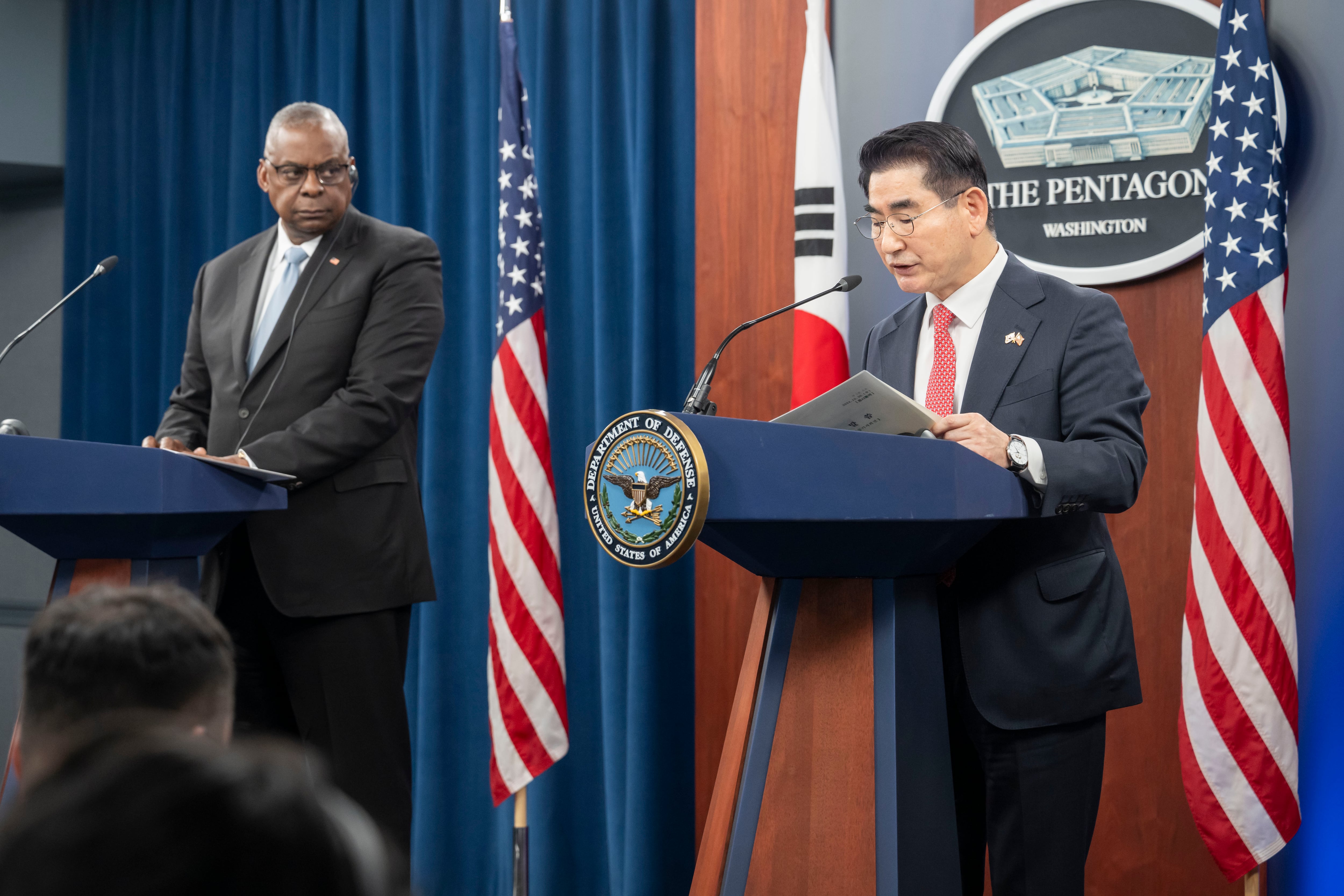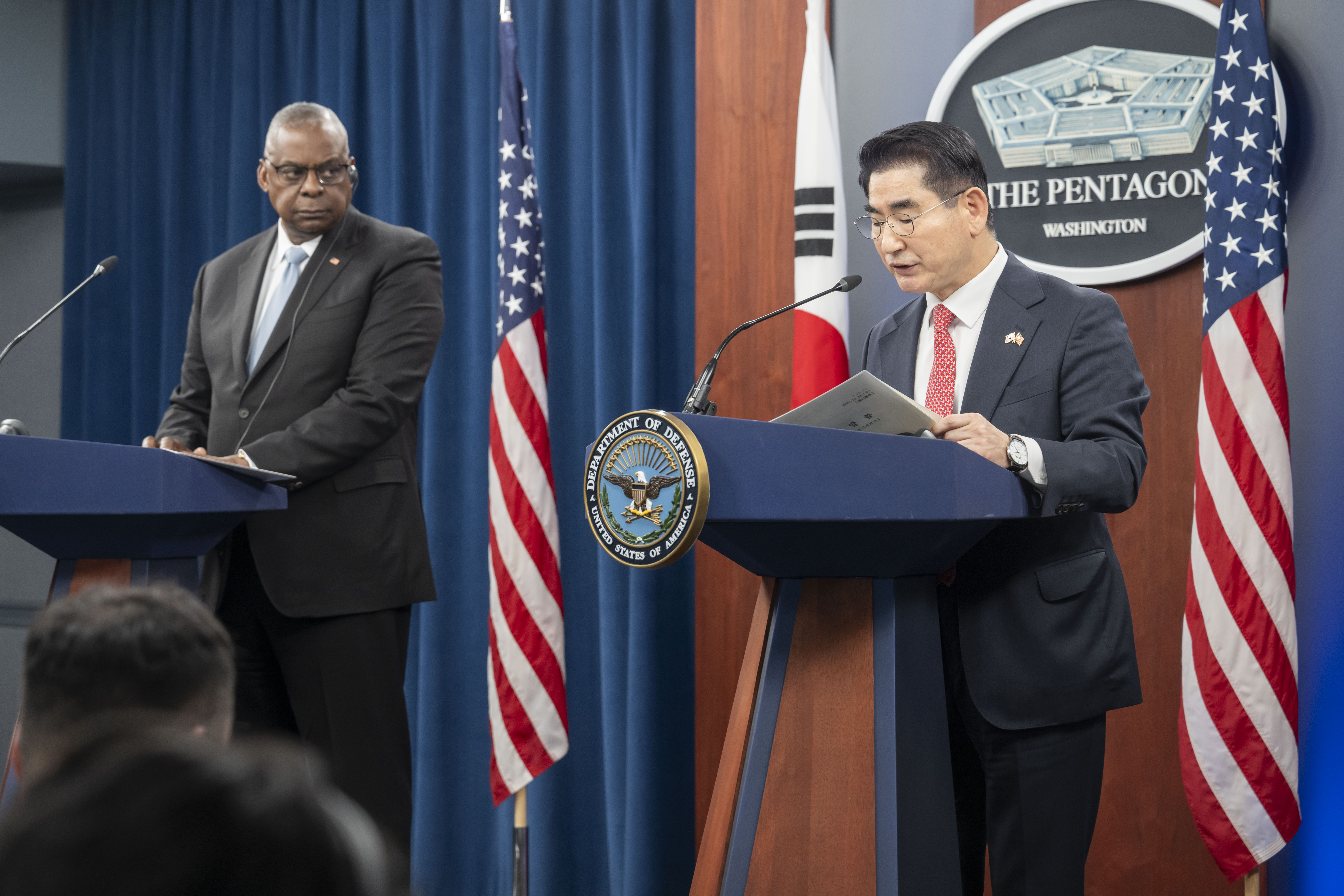[ad_1]
Seoul, South Korea – When Alex looked into the price difference between rhinoplasty, commonly known as a “nose job”, in the United States and South Korea, she thought that flying to the Asian country for the surgery was a no-brainer.
“$30,000 or $6,000, the choice was clear,” Alex, who asked not to be referred to by her real name, told Al Jazeera, describing her decision to undergo the procedure in the country “known to be number one in plastic surgery”.
But less than a year later, the entertainer found herself grappling with severe complications.
The implant from her surgery had begun protruding through her skin, necessitating emergency removal back in the US.
“Had I known what I know now, I would have never done it,” she said, visibly distressed as she described her ongoing struggle with complications, including a crooked nose and visible hole that required corrective surgery.
“I don’t think I’ll ever go back to Korea to do surgery because of this.”
South Korea has the highest rate of plastic surgery procedures per capita in the world, according to Expert Market Research, with a market worth $1.7bn in 2023.
The sector is expected to grow to be worth $5.19bn by 2032, driven by the global popularity of Korean pop culture, or “hallyu”, which has popularised Korean beauty standards and fuelled interest in Korean cosmetic procedures worldwide.
In the capital Seoul, the affluent district of Gangnam is awash with clinics and hospitals specialising in cosmetic procedures and surgery, offering everything from double eyelid surgery to facial contouring, liposuction and breast augmentation.

While they also cater to local customers, international patients are a highly lucrative part of their business.
Last year, South Korea attracted 605,768 non-resident foreign patients for medical services, according to the Ministry of Health and Welfare, with the highest numbers coming from Japan, China, the United States and Thailand.
Plastic surgery accounted for 16.8 percent of procedures – more than 114,000 surgeries – making it the second most sought-after medical speciality after dermatology.
But beneath the glossy marketing and viral social media videos luring medical tourists from around the world, foreign patients face a multitude of barriers to access, misinformation and deceptive practices, putting their health at risk, an investigation by Al Jazeera has found.
One of the biggest challenges for medical tourists is the language barrier.
In key markets like China and the US, prospective patients often turn to a variety of online platforms for advice, including open chat groups, Reddit pages, and even niche forums ostensibly dedicated to topics like designer handbags.
These murky digital spaces are filled with anonymous users discussing procedures while exchanging clinic and doctor recommendations, procedure tips, so-called blacklists and translator contacts.
The abundance of unverified information and lack of accountability make it challenging for users to discern genuine experiences from potentially biased accounts or covert advertisements.
They are also a hunting ground for illegal brokers who can make substantial commissions for simply referring clients.
While soliciting to foreign patients is legal, it requires a government licence. Eligible companies must have a registered Korean office address, maintain specified capital and carry insurance.
Hospitals face more stringent requirements to be able to legally receive foreign patients, including having at least one specialist per medical department and higher levels of medical malpractice insurance.
When posing as a potential patient on a number of platforms, Al Jazeera was approached within minutes by anonymous facilitators who admitted they did not have the required certification.
In 2020, the dangers of the industry were thrust into the spotlight when Bonnie Evita Law, a heiress to a Hong Kong fashion empire, died during a liposuction procedure at a Seoul clinic.
Law was reportedly introduced to the hospital through an illegal broker.
The operating surgeon, later revealed to be an orthopaedic specialist rather than a plastic surgeon, was charged with professional negligence resulting in death. The outcome of the case was not publicly revealed.
While only certified specialists can officially call their practices “plastic surgery clinics”, any licensed medical doctor in South Korea can legally perform cosmetic surgeries as Korean medical law does not restrict doctors to only working in their specialised field.
In a more recent case, a Chinese woman died in January shortly after receiving liposuction surgery at a clinic in Gangnam.
The problem of Chinese cosmetic surgery patients falling victim to unscrupulous and unsafe practices has become so prevalent that the Chinese embassy in Seoul in January issued a notice warning its citizens to “be wary of advertising and risks” and “carefully choose intermediary agencies”.

The Ministry of Health and Welfare, through the Korea Health Industry Development Institute (KHIDI), operates a centre for reporting illegal soliciting of foreign patients.
The number of reports has risen significantly – from 11 cases in 2021 to 16 in 2022, to 59 last year.
An official at KHIDI, speaking on condition of anonymity, said that “cases handled as suspected violations are subject to follow-up measures such as fines and penalties”.
“Those confirmed as illegal solicitation are administratively disposed of by local governments in accordance with the law,” the official said.
However, when pressed for specifics on how many cases were actually investigated or processed, the official did not provide figures, only stating that the number would “inevitably be lower” than the number of cases reported.
Kang Ki-yoon, a lawmaker with South Korea’s ruling People Power Party, last year raised concern about the lack of clarity around the handling of cases, suggesting that despite the increase in reports, there appeared to be little follow-up action.
“It’s a national disgrace for foreigners seeking our country’s world-class medical technology to fall victim to unethical practices by some medical institutions,” Kang said, calling for more rigorous management of such cases.
Speaking on condition of anonymity, a friend of Law, the deceased Hong Kong heiress, expressed concern about the risks associated with overseas surgeries.
“With social media glamourising Korea’s beauty industry, people treat getting surgery in Korea as casually as getting beauty treatment. They should be aware of the dangers and the difficulties of seeking recourse if complications arise,” the friend told Al Jazeera.
Another concern is the prevalence of misleading and potentially illegal reviews.
While Korean medical advertising law prohibits the use of influencers for testimonial marketing, the practice is widespread, especially involving foreign patients, which complicates enforcement.
Al Jazeera reviewed a contract that required a foreign influencer to produce multiple promotional videos and social media content about a plastic surgery clinic in exchange for free surgery, with the clinic dictating specific positive language to be used in posts.
The clinic required that that influencer produce the content before knowing the final results of the surgery, stipulated that it would review all content before its release, and included confidentiality terms that effectively prevented disclosure of the sponsored nature of the surgery.
The influencer delivered the required content but expressed reluctance to use specific positive language demanded by the hospital as she was not happy with the results of the surgery.
The hospital claimed that she had not fulfilled her agreement and demanded that she pay for the surgery and other associated costs, including airfare.
However, according to correspondence from her lawyer, these threats abruptly ceased when the hospital was reminded about the illegality of such practices under medical advertising laws.
‘Conveyor belt’
The case is not isolated.
Al Jazeera spoke to three patients who claimed they were offered discounts in exchange for positive reviews.
Claiming damages for a “medical accident” where “damage occurs to a person’s life, body, or property due to the medical practice of a healthcare provider” is possible through dispute mediation, but both sides need to agree to arbitration.
Alternatively, a lawsuit can be filed, but the process can be lengthy and costly.
Many large clinics boast on their websites that they are “accident-free”.
Such claims are difficult to verify, as patients who share negative experiences publicly can face legal consequences under South Korea’s defamation laws, which can penalise even statements that are true.
Alex, the American who travelled to South Korea for a rhinoplasty, said she found herself rushed into surgery within an hour, despite reservations and the absence of an in-house translator.
Post-surgery, she experienced severe complications, including disfigurement due to the implant protruding through her skin, necessitating emergency removal surgery in the US.
“I felt abandoned, like I was on a conveyor belt,” she said.
“Once they had done the surgery, they didn’t want to deal with me any more. They kept saying I was still healing when I knew something was seriously wrong.”
Frustrated by inadequate aftercare and unable to secure a refund, Alex wrote a review with photos on the Gangnam Unni app, a popular plastic surgery review platform marketed as Unni outside South Korea.
Eager to avoid negative publicity, the hospital offered a full refund, but only after she agreed to delete the review and sign a confidentiality agreement.
The document, which was reviewed by Al Jazeera, prohibits her from discussing the contents of the agreement and her experience on any platform, with failure to comply resulting in financial penalties.
On Gangnam Unni, users can only sort reviews by “recent” or “recommended”, with no option to filter from lowest to highest rating, making it difficult to find negative reviews.
Al Jazeera reached out to Healing Paper, the company behind the app, for comment on their handling of negative reviews and the practice of patients being pressured to remove critical feedback, but received no response.
While risks exist, many patients have positive experiences with plastic surgery in South Korea, and efforts are being made to improve safety and transparency in the industry.

One such initiative is the Gangnam Medical Tourism Centre, run by the Gangnam district office in Seoul.
As a public entity, the centre does not receive commissions or make referrals, but instead, aims to help foreigners navigate the system and connect with professional, licensed medical translators.
The centre maintains a list of vetted medical institutions, providing an additional layer of security for foreign patients seeking reliable care.
As part of its vetting, the centre verifies that hospitals are registered to treat foreign patients, have specialists in each department, maintain proper malpractice insurance, and possess adequate facilities and staff to handle emergencies.
The centre also conducts on-site inspections of partner institutions and provides training for medical interpreters.
An official at the centre emphasised the importance of careful consideration when seeking medical procedures abroad. “We advise patients to prioritise their health and safety above all else.”
“While cost is a factor, it shouldn’t be the primary consideration when choosing a medical provider or procedure,” the official told Al Jazeera, requesting anonymity.
Jeet Dhindsa, who runs a licensed medical tourism facilitation company that has also helped patients who fell prey to illegal brokers and deceptive practices, stressed the importance of due diligence. “It’s crucial to verify the credentials of both the medical facilities and any intermediaries involved in the process,” Dhindsa told Al Jazeera.
“It’s always best to contact people who are transparent about who they are.”
Reflecting on her experience, Alex said: “Make sure you have someone who can advocate for you if things don’t go as planned.”
[ad_2]
Source link





